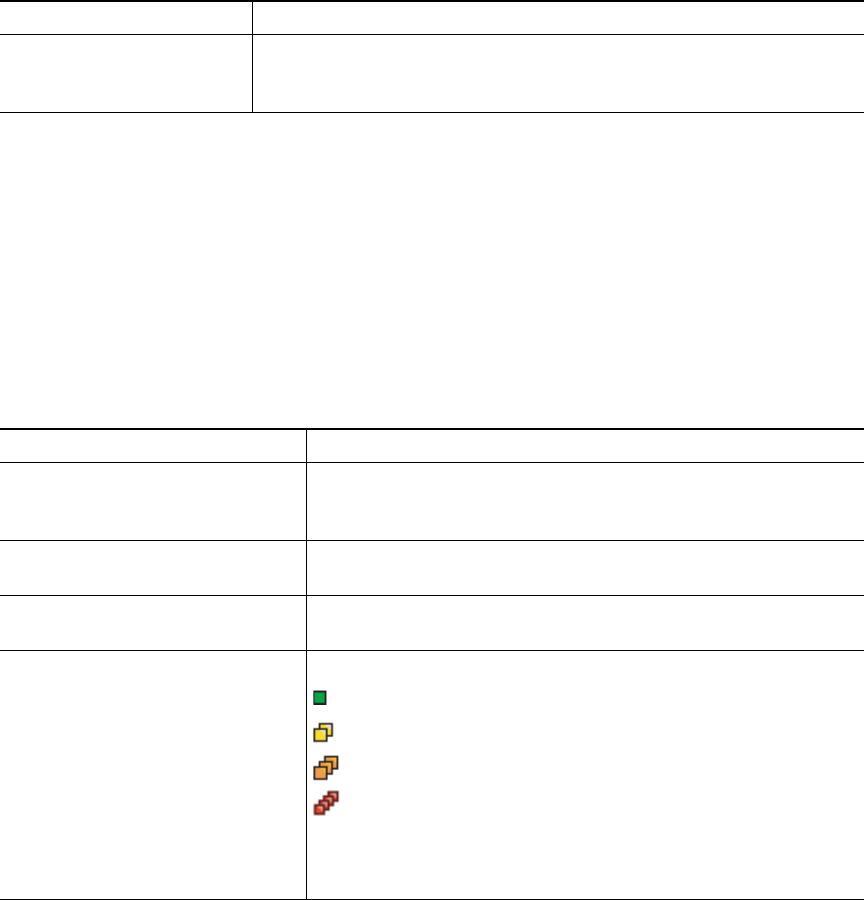- Cisco Wireless IP Phone Owner's Manual
Table Of Contents
- Cisco Unified Wireless IP Phone 7921G Phone Guide for Cisco Unified Communications Manager 7.0
- Quick Reference
- Contents
- Getting Started
- Connecting Your Phone
- An Overview of Your Phone
- Basic Call Handling
- Advanced Call Handling
- Speed Dialing
- Picking Up a Redirected Call on Your Phone
- Storing and Retrieving Parked Calls
- Logging Out of Hunt Groups
- Using a Shared Line
- Using BLF to Determine a Line State
- Making and Receiving Secure Calls
- Tracing Suspicious Calls
- Prioritizing Critical Calls
- Using Cisco Extension Mobility
- Using the Application Button
- Using a Handset, Headset, and Speakerphone
- Changing Phone Settings
- Using Call Logs and Directories
- Accessing Voice Messages
- Accessing Your User Options Web Pages
- Understanding Additional Configuration Options
- Troubleshooting Your Phone
- Cisco One-Year Limited Hardware Warranty Terms
- Index

Advanced Call Handling
Cisco Unified Wireless IP Phone 7921G Phone Guide for Cisco Unified Communications Manager 7.0 59
Tracing Suspicious Calls
If you are receiving suspicious or malicious calls, your system administrator can add the Malicious Call
Identification (MCID) feature to your phone. This feature enables you to identify an active call as
suspicious, which initiates a series of automated tracking and notification messages.
Prioritizing Critical Calls
In some specialized environments, such as military or government offices, you might need to make and
receive urgent or critical calls. If you have the need for this specialized call handling, your system
administrator can add Multilevel Precedence and Preemption (MLPP) to your phone.
Keep these terms in mind:
• Precedence indicates the priority associated with a call.
• Preemption is the process of ending an existing, lower priority call while accepting a higher
priority call that is sent to your phone.
If you want to... Then...
Notify your system
administrator about a
suspicious or harassing call
Choose Options > MCID.
Your phone plays a tone and displays the message, “MCID successful.”
If you... Then...
Want to choose a priority
(precedence) level for an outgoing
call
Contact your system administrator for a list of corresponding
precedence numbers for calls.
Want to make a priority
(precedence) call
Enter the MLPP access number (provided by your system
administrator) followed by the phone number.
Hear a special ring (faster than
usual) or special call waiting tone
You are receiving a priority (precedence) call. An MLPP icon on
your phone screen indicates the priority level of the call.
Want to view priority level of a
call
Look for an MLPP icon on your phone screen:
Priority Call
Medium priority (immediate) call
High priority (flash) call
Highest priority (flash override) or Executive Override call
Higher priority calls are displayed at the top of your call list. If
you do not see an MLPP icon, the priority level of the call is
normal (routine).










